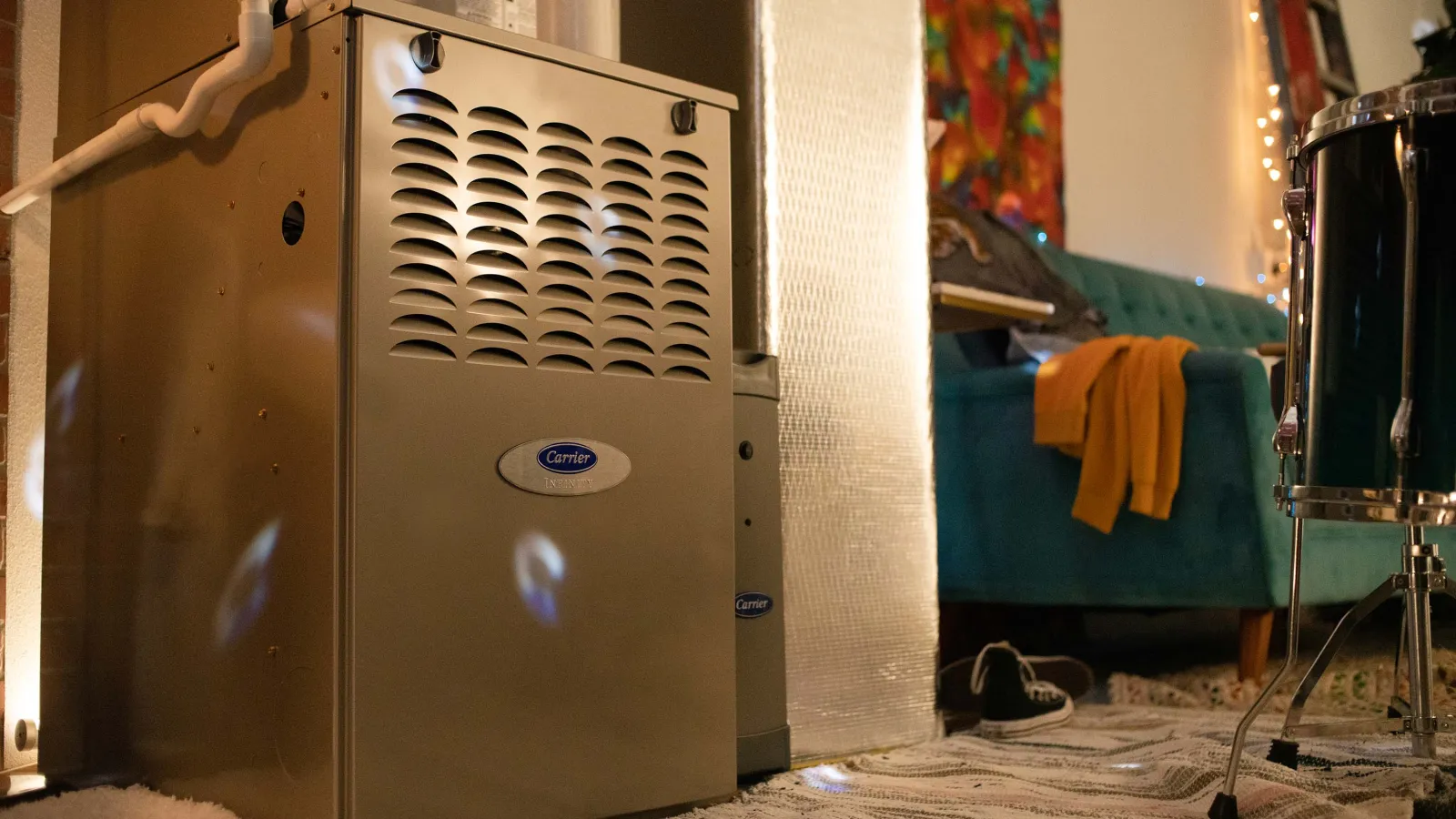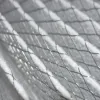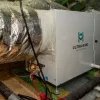It’s hard to enjoy your home when it smells bad. And if you can’t get the bad smell to go away, that’s even worse.
Such is the plight of some homeowners following an attic spray foam insulation project. The spray foam stinks and the smell is infiltrating their living space. What can be done?
Disclaimer: We’re not a spray foam insulation contractor.
We’re an Atlanta HVAC and home performance company that has encountered this problem many times and helped people solve it. Most people with spray foam insulation do not have this problem. But it does happen! The good news is that there’s almost always a solution. The bad news is that solving the problem requires significant troubleshooting and, ultimately, a custom fix.
Here’s how you should proceed if you’re experiencing an unpleasant odor in your home after having spray foam applied to your attic.
1. Call the spray foam manufacturer
This step is optional, but you may want to pursue it anyway. Sometimes, the spray foam manufacturer can test your foam to determine why it’s causing a smell.
Important: Finding out why your spray foam smells will not make it stop smelling. You’ll be stuck with the same problem. Still, some people like to know why their spray foam is stinking up their homes.
To determine the cause, the manufacturer may have you pull off a small sample of the spray foam and send it in for testing. Here’s why you might have to do this:
- Chemicals in the foam may not have mixed properly. Spray foam insulation is shipped as separate chemicals that must be mixed before being sprayed. If the ratio for one or more of the chemicals is off due to contractor error or otherwise, the foam might not insulate properly. It might also create a noxious odor.
- The space might not have been ventilated per manufacturer specifications. Before, during, and after applying spray foam insulation, it’s really important to ventilate the spray foamed space so that the foam can off-gas properly. If your contractor didn’t adequately ventilate the space (and some won’t do it right!), the gases and odors produced by the foam might not dissipate.
In either case, the manufacturer should be able to test the foam and see what’s going on. However, we’ve seen some cases when spray foam was applied properly, and it stinks anyway! It’s possible to have a bad spray foam smell and not know why. Annoying? Sure. But it happens.
No matter what’s causing the spray foam to stink, it still, you know… stinks.
You’ll need to do something about that, so let’s explore your options.
2. Seal your leaky ducts
If your indoor HVAC unit is inside your spray-foamed attic, that means you’ve got ductwork up there. And if you’ve got ductwork up there, those ducts might be leaky. The return side could be sucking in attic air that ultimately gets deposited into your home.
Sealing your ducts – and your return ductwork in particular – may help keep the spray foam stench out of your living space. Your attic will still stink, but the smell might not spread so easily to lower levels. Sometimes, sealing your ducts solves the problem and you won’t have to take additional action.
Create a custom ventilation strategy.
Still got a smell after sealing your ducts. A home performance pro can gauge how much air is leaking from your attic to your home – and from where.
After determining whether a lot of attic air is leaking into your home and identifying the areas of greatest air leakage, there are a few ways to proceed:
Option 1: Depressurize the attic
Sometimes, installing an exhaust fan is the answer. A variable-speed attic fan will remove stinky air from the attic. When there’s a lot of air leakage between the attic and the lower stories of your home, the make-up attic air will come directly from your living space.
In other words, air will circulate from your home to your attic. Not the other way around.
When you do this, you’re exerting more control over how air circulates throughout your house. The spray foam will still give off an odor, but it will leave your attic through the exhaust fan instead of percolating downward. To avoid turning your living space into a negative pressure zone, you may also need to…
Option 2: Install a mechanical ventilation system
Ventilation systems exchange old, stale indoor air (and in your case, stinky indoor air) for fresh, filtered outdoor air. In some cases, installing one can solve your spray foam odor problem. In our climate zone, there are two options for mechanical ventilation: an ERV or a ventilating dehumidifier.
The ERV exchanges an equal amount of air between your home and the outdoors, transferring humidity to the outgoing air in the process. The ventilating dehumidifier (aka, a whole-house dehumidifier with fresh air) pushes an appropriate volume of outdoor air into the home and removes the humidity. Both units filter the air before bringing it into your home.
When you pair one of these systems with an attic exhaust fan to depressurize the attic, the ventilating dehumidifier is a better choice. You can have it configured to provide positive pressure in an amount equal to the volume of air being moved by the attic fan. In essence, you’re creating your ERV by balancing the amount of air brought into and out of your home!
Option 3: Seal the top plate and attic penetrations
This option should be pursued independently of the first two. The top plate is the top of the framed wall on your home’s highest story. By sealing all air gaps in the top plate and all electrical, plumbing, and HVAC penetrations between your attic and living space, you can prevent air exchange between the attic and the rest of your house.
Here’s a potential problem with this option. Sometimes, sealing the top plate in a spray-foamed attic can create humidity problems. The attic isn’t getting much ventilation, so humidity can accumulate inside. You’ll have to monitor the relative humidity (RH) in the attic for a while to see if the air is holding moisture.
We’ve actually published an article about humidity in spray-foamed attics that discusses possible solutions to this problem. In some cases, you’ll have to install a dehumidifier in your attic.
3. Get a more powerful air filter
This step is a smart add-on to whatever ventilation strategy you choose. There are various kinds of air filters out there, many of which offer better filtration than the standard 1″ pleated type.
For odor control, the best option is an activated carbon filter. We recommend the Carbon Clean 16. It’s a media filter designed for high-quality filtration, maximum airflow, and odor removal. The activated carbon coating is what distinguishes it from other media filters and absorbs strong smells so that they don’t circulate throughout your home. Or, for that matter, your nose and lungs.
If you’re really serious about indoor air quality and odor control, consider a Pure Air system, which combines contains a carbon filter and a HEPA filter.
You can’t remove spray foam, and you can’t make stinky spray foam quit stinking.
However, you usually can keep the bad smell out of your home.
The solution generally involves some combination of isolating the stinky attic air, replacing attic air with indoor air, ventilating your living space, and aggressively filtering the air moving through your HVAC system. In most cases, you’ll stop smelling the spray foam, but you may have to try a few different tactics before you’re successful.






